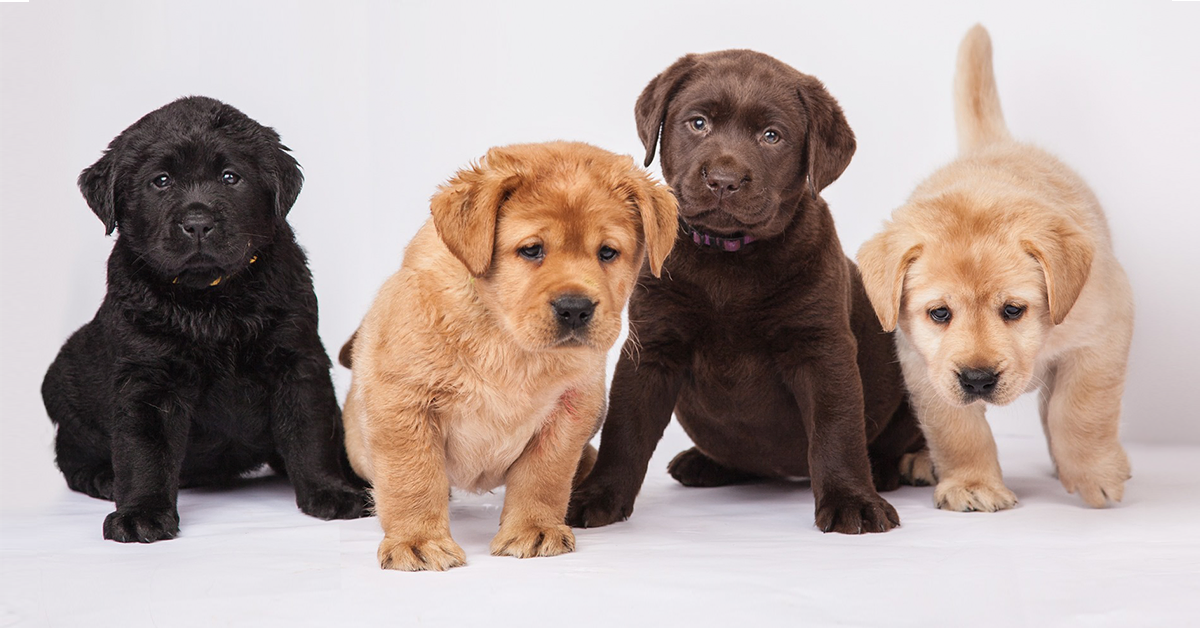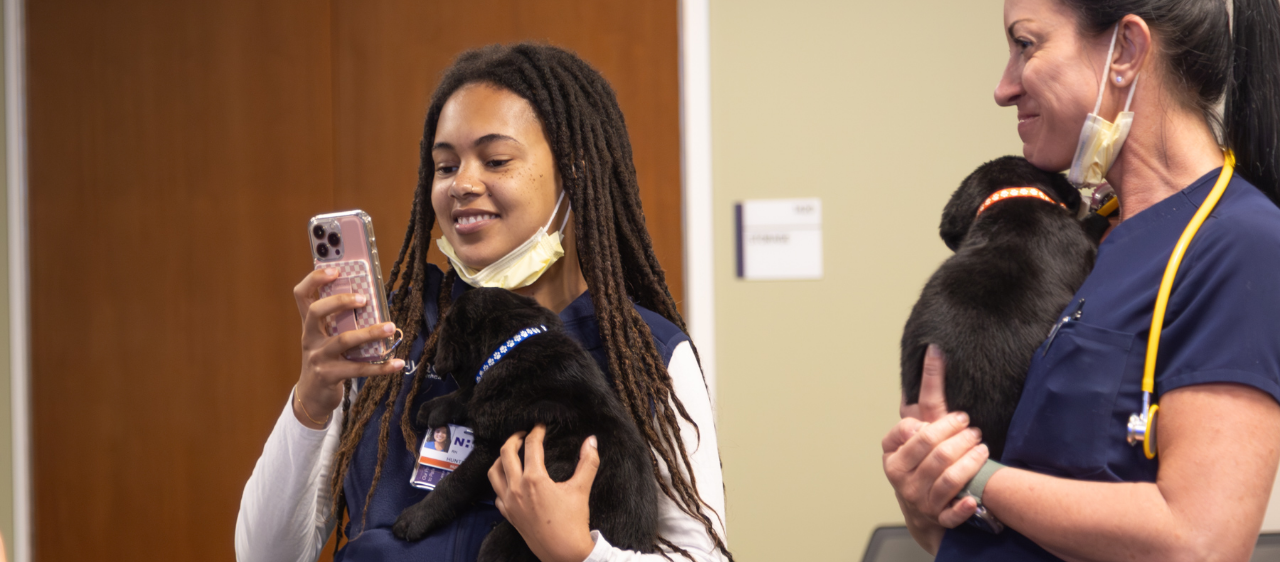
Project 2 Heal
Breaking Crate Training Into Steps:
(If you're indoors and have enough room, begin by removing your dog’s leash.)
Your initial training goal is simple—you just want to get your dog comfortable with the idea of the crate. With your dog next to the crate, use either your marker word or clicker, as well as a treat, to mark and reward your dog for simply looking at the crate. This builds an association for your dog between the crate and being rewarded.
Next, begin opening and closing the door of the crate to get your dog used to the movement. If they give you a positive reaction, mark this and give them a treat.
Your first real task of this training will be to get your dog to start moving inside the crate. Usually this begins with small steps like poking their nose or paws inside. Mark this behavior and reward them with a treat.
Starting to Close the Crate.
Once your dog has become more comfortable with the idea of their crate, you can begin tossing treats inside to get them to move their whole body inside. While you have already tossed their treat inside the crate, it’s important not to mark the behavior until they have at least partially made their way inside the crate.
When your dog has begun stepping completely inside the crate, begin closing the door for a moment and then treating them. This will continue to reinforce the association between being inside the crate and being rewarded.
Follow Us on Social Media for More Tips!
Training and Nurturing Puppies at Project 2 Heal:
At Project 2 Heal, we breed Labrador Retriever puppies for the purpose of donating these animals at 8 to 12 weeks of age to one of our partner organizations. From there, our puppies are trained extensively in service dog work and matched with an individual in need.
Our process begins with Early Neurological Stimulation, which are exercises conducted during the first two weeks of life—beginning at only 48 hours after birth!—that slightly stress the puppy's nervous system and allow them to become less reactive to novel stimuli as adults. This process includes the following:
-
Tactile stimulation: Stimulating puppy paws through touch our tickling.
-
Holding the head of the puppy erect.
-
Holding the head of the puppy pointed downward.
-
Supine position: Resting the puppy on its back in the palm of hands.
-
Thermal Stimulation: Placing feet of puppy on top of a cool, damp towel and allowing the puppy to move about.
Service Dog Scent Training:
Also occurring during the first 14 days, service dog training includes a process called early scent introduction. This training exposes dogs to smells it will encounter during working life. During this process, trainers pay close attention to the way puppies react to various smells. This helps identify which puppies may not be suited to work as a service dog.
Service Dog Clicker Training:
Championed by Karen Prior Academy, clicker training service dogs is a method that teaches puppies about associations. Puppies learn commands through a combination of rewards and clicking sounds. During service dog training, high-level tasks are broken into smaller tasks, after which puppies are rewarded with food and stimulated with sound from a handheld clicker.
Eventually food and clicking sounds are phased out so that puppies are able to execute tasks upon command.
Supporting Our Mission During Giving Tuesday:
For the past two years, we've celebrated the giving season with an incredible marathon of puppy videos known as Pup-a-Thon. This year, we're counting down our all-time greatest videos captured since our founding, each day for two weeks leading up to #GivingTuesday! Pup-a-thon 2022 will kick off on November 15th, with our all-time greatest video being announced on Giving Tuesday, November 29th!
This year, we're working toward fundraising goals in three major categories: Puppy Operations, Facility Maintenance, and our World-Class Labrador Breeding Program. Each of these areas of funding are imperative to our success as the only organization in the United States committed to breeding, nurturing, and training Labrador Retriever puppies, for the purpose of donation to service dog partner organizations nationwide.












Post a comment